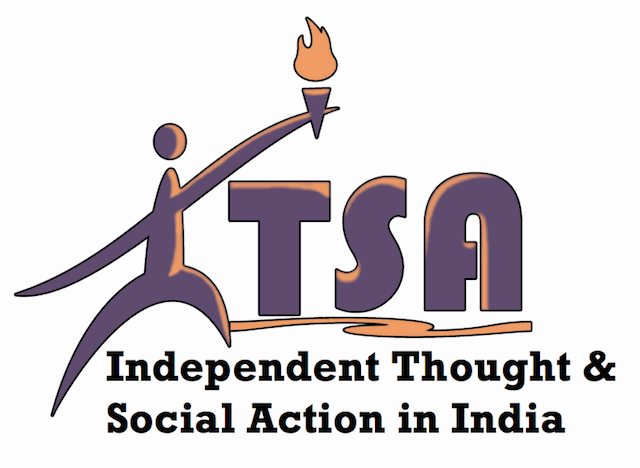In our most recent workshop, we went on a field trip to the museum of conflict, better known as “The Conflictorium.” Their description reads as:
“The Conflictorium, Museum of Conflict is a space that invites people to participate, co-create, experiment, collaborate, study, read and engage in a process of meaning making. So come here to showcase or appreciate up-and-coming talents-musical, intellectual, artistic-or use this free spaces for any other activity that relates to the city or makes us grow as people…”
And they do a stupendous job of that. The museum tackles the issue of conflict by situating it within the context of Gujarat and its histories of resistance and struggles for social change. In doing so, they aims to replace the culture of silence omnipresent in Gujarat, with “conversation and constructive reasoning.”
The exhibits were obviously informed by extensive historical knowledge and research. Yet, instead of merely reciting “historical facts,” many of exhibits presented this information through non-conventional artistic methods. Just presenting the information differently spurred so much
dialogue amongst our field trip groups and forced us all to re-conceptualize matters that we had previously covered in our workshops. I can only speak for myself, but I feel as if the Conflictorium
successfully in meaning some of its aims.
Managing the trip once we arrived was somewhat messy due to unforeseen changes in the exhibits. Despite this, these mix ups became a small detail in comparison to the fun we had throughout this trip. It was a wonderful change of pace from our typical workshop format and a more drastic change from the structure of classroom in participants’ schools. Of the students i spoke with, all of them expressed excitement and enthusiasm about our trip. In light of it all, I would gladly organize another trip to this museum.









